Premium Only Content
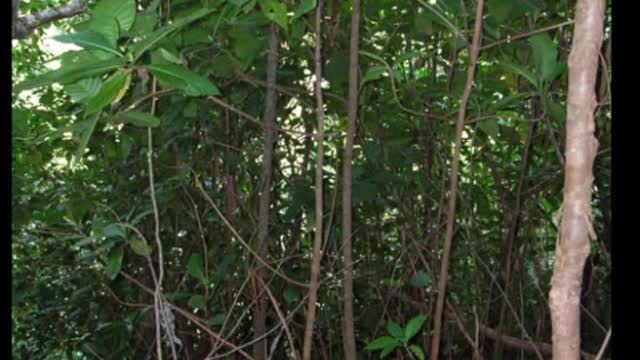
Cinchona ( Cinchona calisaya ) serve para malária
Before using this herbal medicine consult a specialist first.
Cinchona (Cinchona calisaya) is used for malaria
Quinine is a substance that is extracted from the bark of a plant common in the countries of South America, known as quina or, scientifically, as Cinchona calisaya.
In the past, quinine was one of the most used substances in the treatment of malaria, but since the creation of other synthetic drugs such as chloroquine or primaquine, quinine has only been used in some more specific cases of malaria and under medical guidance.
Although quinine is not widely used today, its tree remains a source for the preparation of traditional remedies, such as quina tea, due to its febrifugal, antimalarial, digestive and healing properties.
What is the quinine tree for
In addition to providing high concentrations of quinine, the quinine tree also contains other compounds such as quinidine, cinconine and dihydroquinamine, which can be used for various purposes, the main being:
Assist in the treatment of malaria;
Improve digestion;
Help detoxify the liver and the body;
Antiseptic and anti-inflammatory action;
Fight fever;
Reduce body pain;
Assist in the treatment of angina and tachycardia.
In addition, the compounds obtained from the quinine plant, mainly quinine, can also be used as a bitter additive in some foods and drinks, and can be found, for example, in some tonic waters. However, in the form of a soda, quinine is not in sufficient concentrations to have a therapeutic effect.
Contraindications and possible side effects
The use of the quinine plant and, consequently, quinine, is contraindicated for pregnant women, children, as well as patients with depression, blood clotting problems or liver diseases. In addition, the use of quinine should be evaluated when the patient uses other drugs, such as Cisapride, Heparin, Rifamycin or Carbamazepine.
It is important that the use of the quinine plant is indicated by the doctor, as excessive amounts of this plant can have some adverse effects, such as altered heartbeat, nausea, mental confusion, blurred vision, dizziness, hemorrhages and liver problems.
-
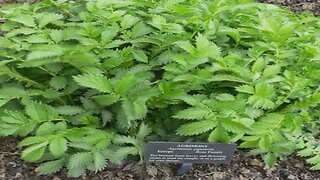 3:07
3:07
NATURAL HEALTH
4 months agoAgrimonia ( Agrimonia eupatoria ) serve e é utilizada no tratamento de inflamações
54 -
 2:19
2:19
NATURAL HEALTH
4 years agoCebolinha serve para regular a pressão arterial
82 -
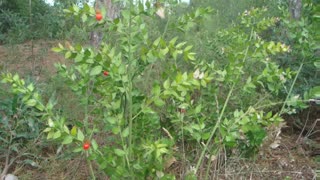 3:05
3:05
NATURAL HEALTH
4 years agoGilbardeira ( ruscus aculeatus ) serve para varizes e hemorroidas
152 -
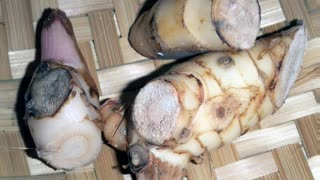 2:49
2:49
NATURAL HEALTH
4 years agogalangal ( alpinia galanga ) serve para náuseas e enjoos
94 -
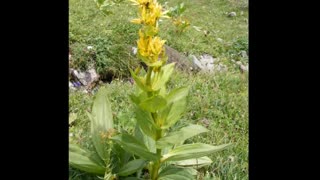 2:12
2:12
NATURAL HEALTH
4 years agoGenciana ( Gentiana lutea ) serve para alergias e amenorreia
38 -
 4:04
4:04
NATURAL HEALTH
4 years agoFeno-Grego (Trigonella foenum-graecum) serve para gastrite e anemia
122 -
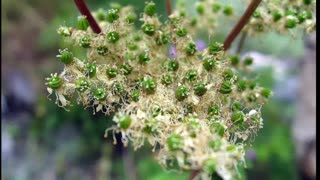 2:24
2:24
NATURAL HEALTH
4 years agoUlmária ( Filipendula ulmaria ) serve para febre e enxaqueca
55 -
 3:19
3:19
NATURAL HEALTH
4 years agoEstragão ( Artemisa dracunculus ) serve para cólicas menstruais
72 -
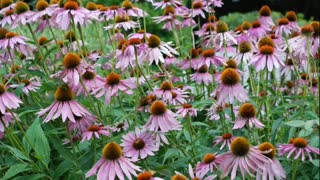 3:49
3:49
NATURAL HEALTH
4 years ago $0.01 earnedEquinácea ( Echinacea purpurea ) serve para gripes e resfriados
139 -
 2:47
2:47
NATURAL HEALTH
4 years agoIPÊ ROXO ( Tabebuia impetiginosa ) serve para alergia e anemia
48